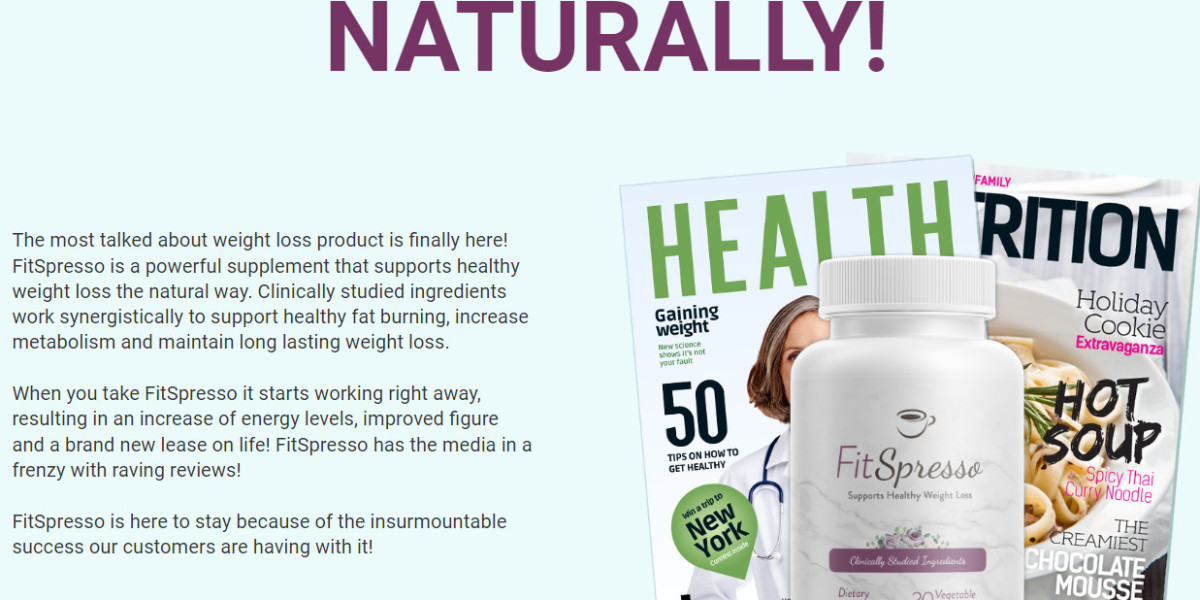Memory foam insoles have revolutionized the footwear industry by providing unparalleled comfort and support. Originally developed by NASA in the 1960s to improve the safety of aircraft cushions, memory foam has found its way into various applications, including mattresses, pillows, and insoles. These insoles are designed to conform to the shape of your feet, offering personalized support and cushioning that can alleviate foot pain and enhance overall foot health. In this comprehensive guide, we will explore the benefits of memory foam insoles, their features, types, and tips for choosing the best pair for your needs.
What Are Memory Foam Insoles?
Memory foam insoles are inserts made from a specialized material that responds to pressure and heat, molding to the contours of your feet. This custom fit provides excellent cushioning, reduces pressure points, and improves overall comfort. Memory foam insoles are often used to enhance the comfort of shoes, especially for individuals who spend long hours on their feet or suffer from foot-related issues.
Benefits of Memory Foam Insoles
1. Superior Comfort
Memory foam insoles are renowned for their exceptional comfort. The material's ability to conform to the shape of your feet ensures that every step is cushioned, providing a soft and comfortable walking experience. This is particularly beneficial for people who stand or walk for extended periods.
2. Pressure Relief
One of the key benefits of memory foam is its ability to distribute weight evenly across the foot. This helps to alleviate pressure points, reducing pain and discomfort in areas such as the heels, arches, and balls of the feet. This pressure relief is crucial for individuals with conditions like plantar fasciitis or metatarsalgia.
3. Shock Absorption
Memory foam insoles offer excellent shock absorption, which can help protect your feet from the impact of walking or running on hard surfaces. This feature is particularly useful for athletes and active individuals, as it can reduce the risk of injuries and improve overall performance.
4. Improved Alignment and Support
The custom fit of memory foam insoles provides better alignment and support for your feet. This can help improve your posture and reduce strain on your ankles, knees, and lower back. Proper alignment is essential for preventing injuries and maintaining overall musculoskeletal health.
5. Temperature Regulation
Memory foam insoles are designed to respond to your body heat, which helps keep your feet warm in colder conditions. Some insoles also feature breathable materials or ventilation channels to promote airflow and keep your feet cool in warmer conditions.
6. Durability
High-quality memory foam insoles are durable and can maintain their shape and cushioning properties over time. This ensures that you continue to enjoy the benefits of improved comfort and support for an extended period.
Features to Look for in Memory Foam Insoles
1. Arch Support
Good arch support is essential for maintaining proper foot alignment and preventing issues such as flat feet or overpronation. Look for memory foam insoles that offer adequate arch support to match your foot type and provide the necessary stability.
2. Heel Cushioning
Heel cushioning is crucial for reducing the impact on your heels, especially if you suffer from heel pain or conditions like plantar fasciitis. Choose insoles with extra padding or gel inserts in the heel area for added comfort and protection.
3. Breathability
Breathable insoles help keep your feet dry and comfortable by allowing air to circulate and wick away moisture. Look for insoles made from materials with moisture-wicking properties or those with perforations to enhance airflow.
4. Anti-Microbial Properties
To keep your feet fresh and odor-free, consider memory foam insoles with anti-microbial properties. These insoles are treated with special agents that help prevent the growth of bacteria and fungi, reducing the risk of infections and unpleasant odors.
5. Thickness and Fit
The thickness of the insoles can affect the fit of your shoes. Make sure to choose insoles that are compatible with your footwear and do not make your shoes too tight. Some insoles are designed to be trimmed to fit, providing a customizable option.
6. Durability
High-quality memory foam insoles should be durable and able to withstand regular use without losing their shape or cushioning properties. Look for insoles made from premium materials and check customer reviews for insights into their longevity.
Types of Memory Foam Insoles
1. Full-Length Insoles
Full-length insoles provide comprehensive support and cushioning from the heel to the toe. They are ideal for individuals who need overall foot support and are suitable for most types of footwear, including athletic shoes, work boots, and casual shoes.
2. Three-Quarter Length Insoles
Three-quarter length insoles offer support and cushioning from the heel to the ball of the foot, leaving the toes free. These insoles are suitable for shoes with limited space in the toe box, such as dress shoes or high heels.
3. Heel Cups and Heel Pads
Heel cups and pads provide targeted cushioning and support for the heel area. They are ideal for individuals who suffer from heel pain or conditions like plantar fasciitis. These insoles can be used in conjunction with other types of insoles for added comfort.
4. Arch Supports
Arch support insoles are designed to provide extra support for the arches of the feet. They are suitable for individuals with flat feet, high arches, or overpronation. These insoles can help improve alignment and reduce strain on the feet and lower limbs.
5. Custom Orthotic Insoles
Custom orthotic insoles are specially made to fit the unique contours of your feet. These insoles are often recommended by podiatrists for individuals with specific foot conditions or biomechanical issues. While more expensive than over-the-counter options, custom orthotics provide personalized support and can significantly improve foot health.
How to Choose the Right Memory Foam Insoles
1. Identify Your Foot Type
Understanding your foot type is crucial for selecting the right insoles. Common foot types include neutral arches, flat feet, and high arches. Each type requires different levels of support and cushioning. You can determine your foot type by performing a wet test or consulting with a podiatrist.
2. Consider Your Footwear
Different types of shoes may require different types of insoles. For example, athletic shoes may benefit from full-length insoles with extra cushioning, while dress shoes may require slimmer, three-quarter length insoles. Consider the type of footwear you will be using the insoles with and choose accordingly.
3. Assess Your Activity Level
Your activity level and the type of activities you engage in should influence your choice of insoles. Athletes and active individuals may need insoles with superior shock absorption and durability, while those who stand or walk for long periods may benefit from insoles with excellent pressure relief and arch support.
4. Check for Compatibility
Ensure that the insoles you choose are compatible with your shoes. Insoles that are too thick or bulky may not fit properly in your shoes, leading to discomfort. Look for insoles that can be trimmed to fit or are specifically designed for your type of footwear.
5. Read Reviews and Testimonials
Customer reviews and testimonials can provide valuable insights into the performance and durability of memory foam insoles. Look for feedback from individuals with similar needs and foot types to gauge how well the insoles may work for you.
6. Consult with a Podiatrist
If you have specific foot conditions or are unsure about which insoles to choose, consulting with a podiatrist can be beneficial. A podiatrist can provide personalized recommendations based on your foot health and biomechanics.
Maintaining Your Memory Foam Insoles
1. Regular Cleaning
To keep your insoles fresh and hygienic, clean them regularly. Remove the insoles from your shoes and wash them with mild soap and water. Allow them to air dry completely before reinserting them into your shoes.
2. Rotate Insoles
If you have multiple pairs of shoes, consider rotating your insoles to extend their lifespan. This can help prevent wear and tear and ensure that your insoles maintain their cushioning properties.
3. Inspect for Wear and Tear
Regularly inspect your insoles for signs of wear and tear, such as flattening, cracks, or loss of cushioning. Replace your insoles when they show significant signs of wear to ensure continued comfort and support.
4. Store Properly
When not in use, store your insoles in a cool, dry place. Avoid exposing them to extreme temperatures or direct sunlight, as this can degrade the memory foam material.
Memory foam insoles are a game-changer in the realm of footwear comfort and support. With their ability to conform to the shape of your feet, these insoles provide superior cushioning, pressure relief, and shock absorption. By understanding the benefits, features, types, and how to choose the right pair, you can significantly enhance your foot health and overall well-being. Whether you are an athlete, someone who spends long hours on their feet, or simply looking for added comfort in your daily life, memory foam insoles can make a noticeable difference. Invest in a quality pair today and experience the unparalleled comfort that memory foam insoles offer.








